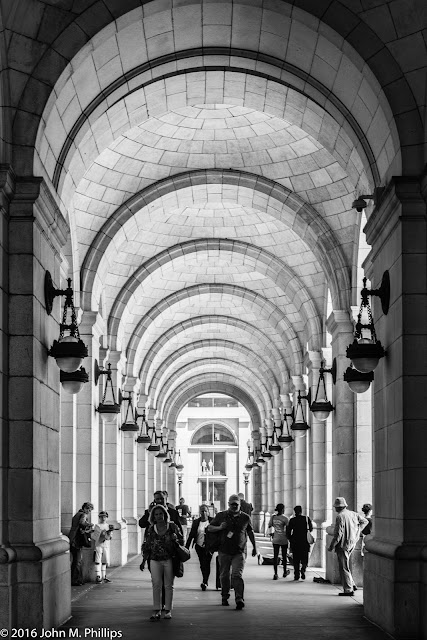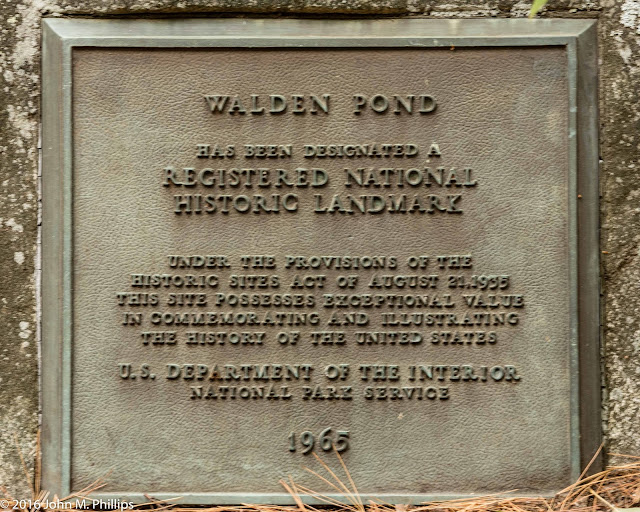Architecture.
We spent a few days in Tucson early in the year, and here is a shot of the city's old city hall, which is in the process of conversion to a museum.
I also made another pilgrimage to Wisconsin's State Capitol. I took the usual shots of the dome's interior, but this shot of a side corridor was my favorite.
I also spent some time shooting the federal courthouse in Milwaukee.
I thought this worked best as a black and white. A few days later I returned to the courthouse hoping to better the first set of shots. As often happens, the second set was not as good as the first, I think because of a difference in the light.
I also revisited Milwaukee's Cathedral of St. John the Evangelist and got this great shot of the venue's altar, bathed in morning light.
I thought the chiaroscuro effect of this shot worked particularly well.
In June we spent a few days in Washington, D.C. The two best venues for photography on this visit included the Library of Congress and Union Station. Here is a shot of the ceiling of a side hall at the Library of Congress.
And a couple of shots I took at Union Station.
Finally, is a shot of Milwaukee's Art Museum. It's a great subject for architectural photography, but I may be running out of fresh ideas.
Nature.
In past years I have paid multiple visits to the botanical gardens at Milwaukee's Mitchell Park Domes. However, the domes were closed for most of 2016 for structural repairs, so I only visited the facility a couple of times. Only one of the shots I took made the cut for this post, a cabbage-like plant that showed nice detail.
The other two shots were more serendipitous. The first was of some leaves in a large street planter in Milwaukee that I spied while photographing some public art in the neighborhood.
I intentionally underexposed this shot a bit and wound up liking the metallic sheen that the leaves displayed.
The other photo was of some heavily frosted weeds that I spotted while out on a late fall morning walk. After my walk I returned with my camera to get this shot before the sun burned off the frost.
Family.
I am not good at taking photos of people. However, I have included a few family photos, not because of their technical qualities but for their natural spontaneity and overall composition.
Potpourri.
Finally are some shots that don't fit into any of the other categories.
Some grapes at a farmers market that I liked for their variety of colors.
A black and white of alfresco chairs and shadows at a local restaurant.
Part of a mysterious piece of antique farm machinery that I liked for its steampunk qualities.
A solitary broom in a restored residence at the Pioneer Village in northern Ozaukee County, north of the Milwaukee metro area.
The foot of a bear at the Hogle Zoo in Salt Lake City.
And a splitrail fence in a snowstorm at Virmond Park in my hometown of Mequon.
John


























































